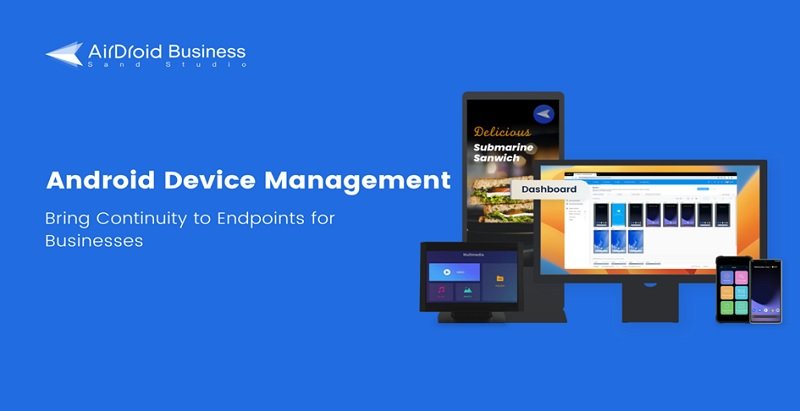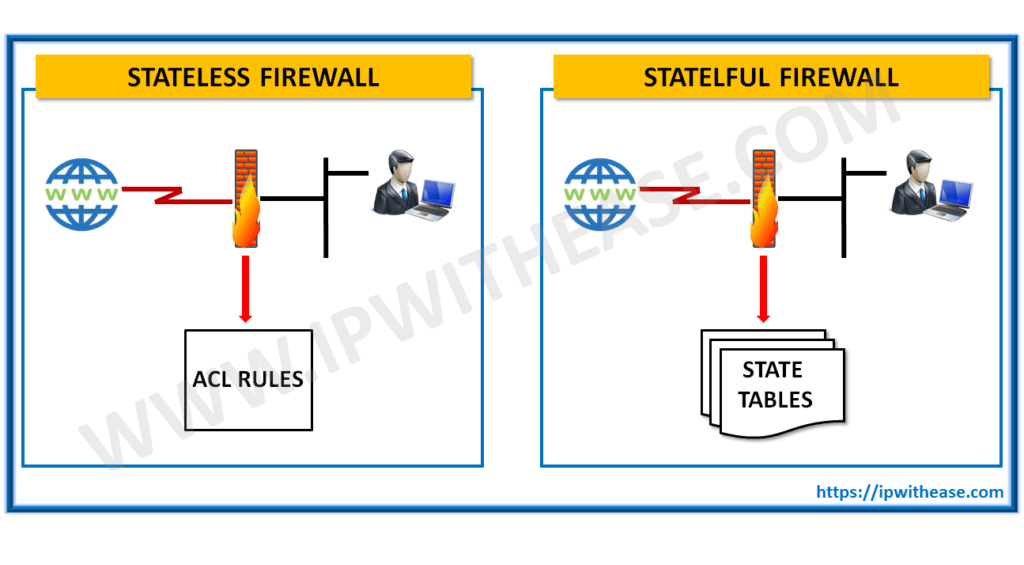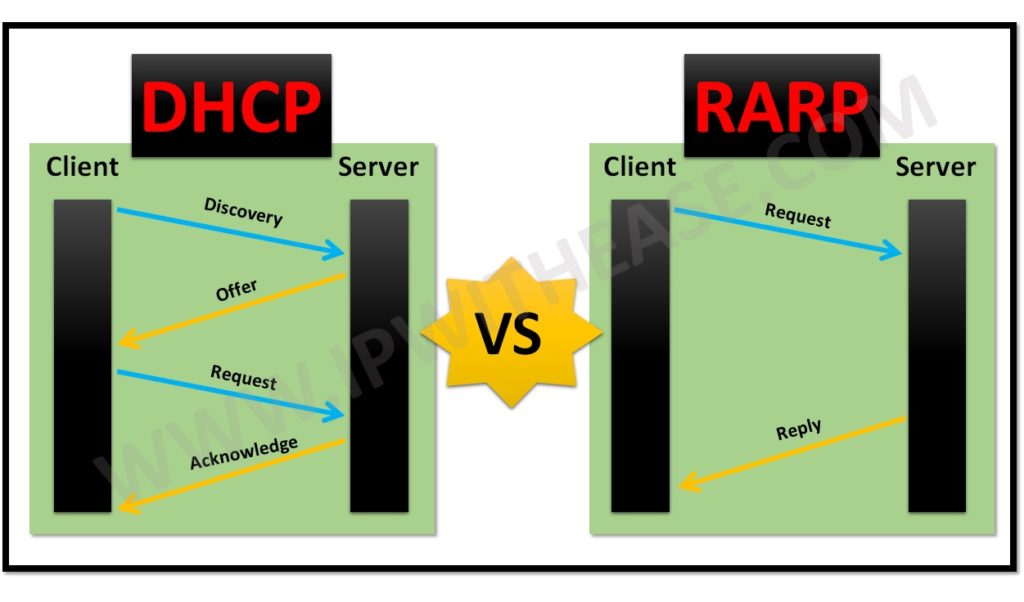In today’s connected world, businesses of all sizes rely heavily on mobile devices to carry out their operations. With the increasing use of Android devices in the workplace, it has become crucial for organizations to have effective remote monitoring and management security solutions in place. This is where Android Mobile Device Management (MDM) comes into play. Android MDM enables IT administrators to remotely manage and monitor Android devices, ensuring security, productivity, and seamless device performance.
In this article, we will explore the various aspects of Android MDM, its benefits, features, supported devices, and how to effectively implement it in your organization.
What is Android MDM?
Android MDM (Mobile Device Management) is a software solution that enables businesses to remotely manage and monitor Android devices. It provides IT administrators with the ability to enroll, deploy, protect, and monitor both individually-owned and company-owned Android devices. With Android MDM software installed on the managed device, IT administrators can remotely manage and monitor the device, ensuring security and implementing necessary security measures.

Benefits of Android MDM
Android MDM offers several benefits for businesses of all sizes. Some key advantages include:
- Remote Management: Android MDM allows IT administrators to remotely manage and control Android devices, reducing the need for physical access to the devices. This enables efficient troubleshooting, software updates, and device configurations.
- Enhanced Security: With Android MDM, IT administrators can enforce security policies, such as passcode requirements, encryption, and remote wipe capabilities. This helps protect sensitive data and ensures compliance with security regulations.
- Increased Productivity: Android MDM enables IT administrators to deploy and manage apps, content, and configurations on Android devices, ensuring that employees have access to the necessary tools and resources. This enhances productivity and streamlines workflows.
- Cost Savings: By remotely managing and troubleshooting Android devices, businesses can reduce downtime and minimize the need for costly on-site technical support. This leads to cost savings and increased operational efficiency.
How Does Android MDM Work?
Android MDM works by leveraging a combination of device management software and device-level controls. The managed device must have Android MDM software installed, which allows IT administrators to remotely manage, monitor, and issue commands to the device. Through a centralized management console, IT administrators can enforce security policies, deploy apps and content, perform remote diagnostics, and track device usage.
Key Features of Android MDM
Android MDM offers a wide range of features to enhance remote device management and security. Some of the key features include:

Implementing Android MDM
Implementing Android MDM in your organization involves several steps:
Step 1: Choose an Android MDM Solution
Evaluate different Android MDM solutions based on your organization’s requirements and budget. Look for features such as remote-control capabilities, app management services, device security, and compatibility with your devices.
Step 2: Enroll Devices
Enroll Android devices into the MDM solution by installing the necessary MDM software. This can be done manually or through an automated enrollment process. Once enrolled, devices can be managed and monitored remotely from the centralized management console.
Step 3: Define Security Policies
Define security policies and configurations based on your organization’s security requirements. This includes setting passcode requirements, enabling encryption, and enforcing device restrictions. Ensure that these policies align with industry best practices and compliance regulations.
Step 4: Deploy Apps and Content
Use the app management services provided by the Android MDM solution to deploy business-specific applications and content to managed devices. This can be done remotely, ensuring that employees have access to the necessary tools and resources.
Step 5: Monitor and Maintain
Regularly monitor the devices and their compliance with security policies. Use the device diagnostics and remote-control features to troubleshoot any issues and ensure optimal device performance. Stay updated with the latest security patches and firmware updates to maintain device security.
AirDroid Business Mobile Device Management(MDM) Solution
AirDroid Business MDM is a comprehensive Android MDM solution designed for businesses of all sizes. It offers remote device management, security features, and remote-control capabilities. With AirDroid Business MDM, organizations can efficiently manage and secure their Android devices, ensuring productivity and data protection.
Remote Access and Control
AirDroid Business’s remote control feature allows businesses to perform a variety of operations on the enrolled devices. You can remotely control both attended and unsupervised devices. You can also enable Black Screen Mode, which darkens the display and displays a message informing end users that the device is being repaired.
Centralized Management
Admins can view the status of all devices from a central dashboard using AirDroid Business, monitoring all device actions and performance indicators such as battery level, storage space, online and offline status, and data usage.
Application Management
AirDroid Business assists administrators in properly managing both enterprise and Google Play Store apps. They can remotely deploy, manage, and update them after working hours.
Alerts and Automated Workflows
AirDroid Business enables administrators to configure device alerts to notify them of required tasks. Admins can configure alerts for geo-fencing, battery level, storage space, SIM card removal or insertion, and the attachment of any external device. Workflows enable them to perform predefined actions when alerts are triggered.
Kiosk Mode & Policy
Allows IT admins to lock Android tablets into single or multi-app mode to avoid the device misusing by the end users. You can also set whitelist websites and other security policies to block unauthorized network access
Location tracking & Geofencing
Keep an eye on all the devices if they are in a specific place or not and wipe the data once the device is lost or stolen to prevent company data leakage.

Best Practices for Android MDM
To maximize the effectiveness of your Android MDM solution, consider the following best practices:
- Define Clear Security Policies: Establish clear security policies and configurations based on your organization’s needs. Regularly review and update these policies to adapt to evolving security threats.
- Regularly Update Devices: Stay updated with the latest security patches and firmware updates for your Android devices. This helps protect against known vulnerabilities and ensures device performance and security.
- Educate Employees: Provide training and education to employees on the importance of device security and best practices for using managed devices. This helps create a security-conscious culture within the organization.
- Monitor Device Compliance: Regularly monitor device compliance with security policies and configurations. Use the reporting and alert features of the Android MDM solution to identify any non-compliant devices and take appropriate action.
- Enable Remote Wipe: In case of a lost or stolen device, enable remote wipe capabilities to protect sensitive data. Ensure that employees are aware of this feature and its implications.
- Regularly Assess MDM Solution: Periodically evaluate your chosen Android MDM solution to ensure it meets your organization’s evolving needs. Consider factors such as scalability, vendor support, and new features offered by alternative solutions.
Conclusion
Android MDM is a powerful tool for organizations looking to effectively manage and secure their Android devices. With its remote management capabilities, enhanced security features, and device monitoring functionalities, Android MDM enables IT administrators to streamline device management and ensure productivity. By following best practices and choosing the right Android MDM solution, organizations can optimize their remote device management and enhance overall security.
ABOUT THE AUTHOR
IPwithease is aimed at sharing knowledge across varied domains like Network, Security, Virtualization, Software, Wireless, etc.



